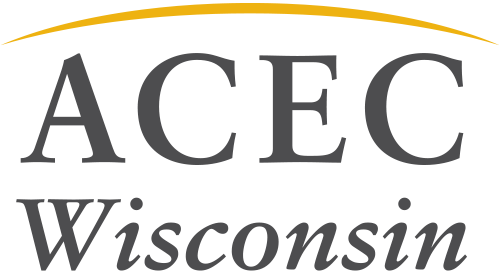Working Collaboratively to Improve Communities with Innovative Design

Written by: Troy Pankratz, PE, Mead & Hunt
![]()
Once a small, rural community, regional population growth made the City of Fitchburg one of the fastest-growing cities in Wisconsin. Lacy Road had become a main thoroughfare through the city, but there was a problem—the road’s capacity was not enough to accommodate current or future growth, creating safety concerns. It was time for reconstruction. However, long-term residents were worried about how the rural-to-urban conversion would affect their homes and property.
We knew the community’s needs should be at the forefront of a project like this. The driving force behind the road’s reconstruction was to create something that would be valued by those using it for a long time. Our team worked closely with the local community, striving to fully understand their concerns and needs through online survey polls, public meetings and formation of a steering committee. This input greatly influenced the final design.
 The Lacy Road Rural Roadway Reconstruction project created a solution that worked for and with the local community, offering an outstanding example of what can be achieved through incorporating local feedback. To account for community needs, the reconstructed Lacy Road provides a “complete street” environment, with a two-lane urban roadway with buffered bicycle lanes and a parallel shared-use path. This encourages cyclists and pedestrians alike to use the space.
The Lacy Road Rural Roadway Reconstruction project created a solution that worked for and with the local community, offering an outstanding example of what can be achieved through incorporating local feedback. To account for community needs, the reconstructed Lacy Road provides a “complete street” environment, with a two-lane urban roadway with buffered bicycle lanes and a parallel shared-use path. This encourages cyclists and pedestrians alike to use the space.
We also found that motorists often exceeded the posted speed limit by over 10 mph. To calm traffic and improve safety, the design included a single-lane roundabout and dynamic speed message signs along the length of the road. Raised medians also prepare the roadway for future turn lanes—which will be needed as the population continues to grow.
In addition to the roadway work, the innovative new stormwater management system we added manages stormwater under the new roadway. This placement directly under the roadway reduces maintenance needs in the future, saving the City time, money, and resources.
Finally, Lacy Road was surrounded by mature oak trees with a beautiful branch canopy suspended over the roadway. We aligned the roadway to preserve as many of these trees as possible. The trees were part of the original corridor’s aesthetic charm and character; keeping them standing was important to the local residents. We also replaced outdated and inefficient lighting with decorative LED lights to make the corridor more visually appealing. Aesthetic concerns definitely matter when it comes to creating communities people can take pride in.
Lacy Road is now a connected thoroughfare that paves the way for the City of Fitchburg’s future growth. Though residents were originally wary of what the project could mean for the previously rural area, Mead & Hunt worked to provide a solution that accommodated future growth while maintaining the aesthetic charm of the original corridor. This pedestrian-friendly and aesthetically-pleasing road incorporates design that honors and benefits its citizens—past, present and future.
About the Guest Blogger
 Troy Pankratz, PE, is the Roadway Design Discipline Leader for Mead & Hunt, an employee-owned A/E firm since 1900. He has designed and managed hundreds of roadway projects nationwide, using his expertise in intersection geometry to produce designs that elevate his clients’ investment. Troy finds educating and informing project stakeholders about innovative intersections particularly rewarding.
Troy Pankratz, PE, is the Roadway Design Discipline Leader for Mead & Hunt, an employee-owned A/E firm since 1900. He has designed and managed hundreds of roadway projects nationwide, using his expertise in intersection geometry to produce designs that elevate his clients’ investment. Troy finds educating and informing project stakeholders about innovative intersections particularly rewarding.
